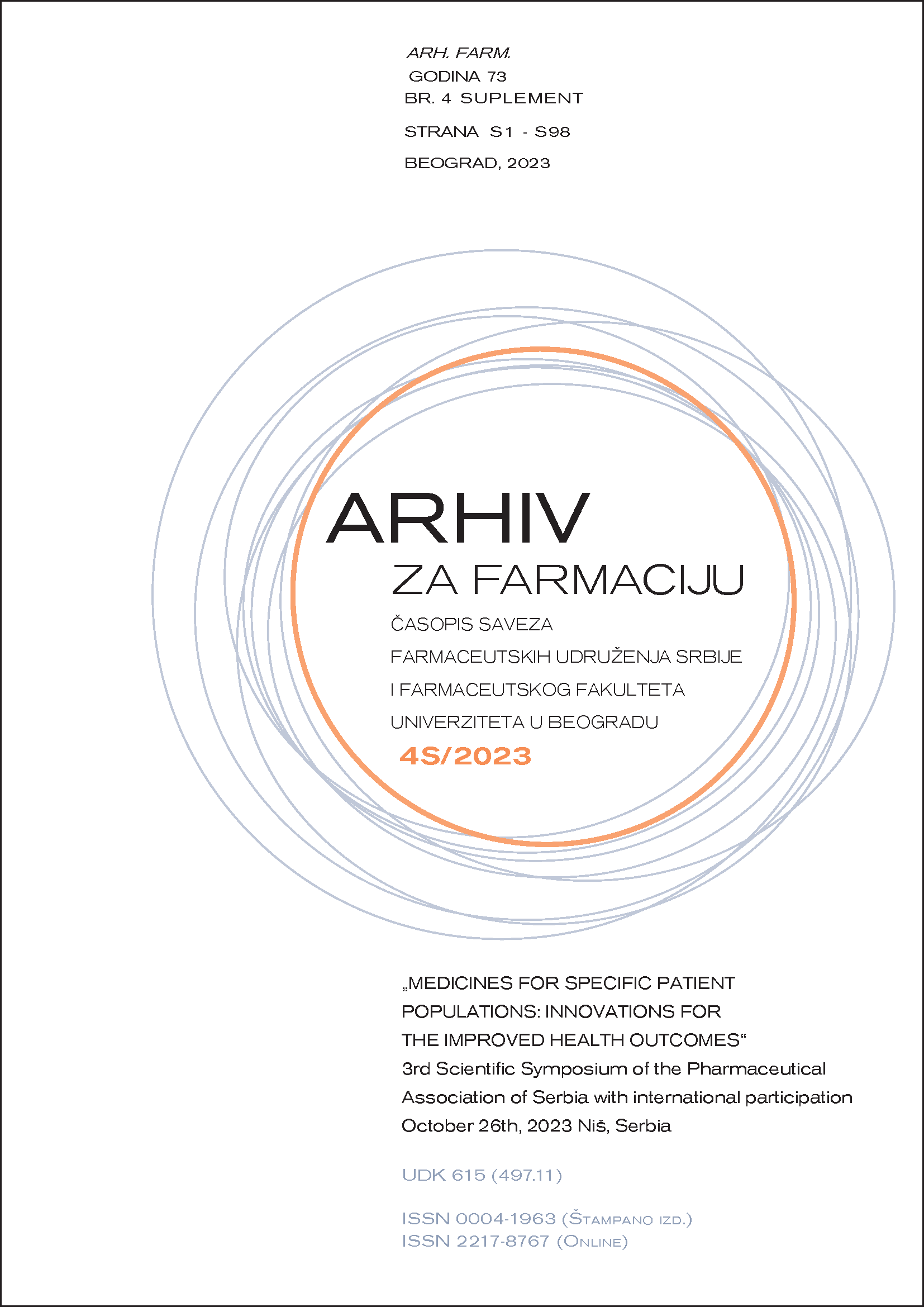DETERMINATON OF NON-ADHERENCE IN PATIENTS RECEIVING ELTROMBOPAG
Abstract
Eltrombopag, an orally administered thrombopoietin receptor agonist, selectively binds to the transmembrane domain of the thrombopoietin receptor on the surface of platelets, megakaryocytes and megakaryocyte precursor cells (1). The aim of our research is to determine patient non-adherence and its impact on the effectiveness and safety of prescribed therapy, as well as the possibility of treatment failure. The observational, longitudinal, and retrospective study was conducted in the PHO University Clinic of Hematology in Skopje, R.N.Macedonia. 17 patients (9 men and 8 women) were followed from January to August 2023. Five of them were with diagnose aplastic anemia and 12 with immune thrombocytopenia. All of them treated with Eltrombopag. We have systematically reviewed medical records from the Department of Hospital pharmacy, collected anamnestic data and determine non-adherence to therapy, followed by dose frequency, double taking therapy, omitted doses, drug-drug interactions and food/supplement-drug interactions. Thirteen types of non-adherence were identified, of which 3 (23,08%) were related to dose frequency, 1(7,69 %) was related to double taking therapy, 5 (38,46%) were related to the possibility of drug-drug interactions, 2 (15,38%) with possibility for food/supplement-drug interactions and 2 (15,38 %) were related with omitted doses. Failure to adherence is a serious problem which not only affects the patient but also the health care system The clinical pharmacist intervention can improve patient adherencе, because the most important determinants effectiveness and safety are adherence to the prescribed therapy, multiple drug and food/supplement interactions which can vary on dose-response relationship, and risk of insufficient effectiveness of therapy (2).
References
1. Garnock-Jones, K.P. and Keam, S.J. Eltrombopag. Drugs; 2009; 69(5):567-76. doi: 10.2165/00003495-200969050-00005.
2. Spinewine, A., et al. The Role of Pharmacists in Optimising Drug Therapy; 2023; pp 105–117.

